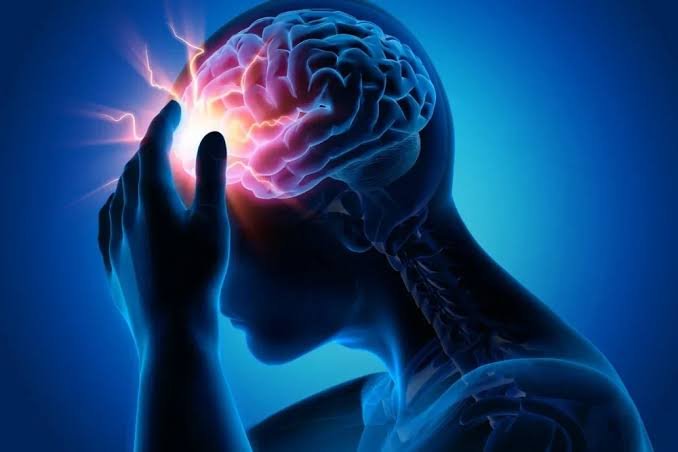Migraine days are much more than just bad headaches. They can bring intense pain, lasting for hours or even days, and come with symptoms like nausea, sensitivity to light, and difficulty focusing. These days often disrupt our ability to work, socialize, and carry out daily tasks, making them hard to manage even with treatment.
Many people don’t realize that migraines can affect our quality of life in deep ways. Sometimes the pain fades, but a migraine “hangover” sticks around, leaving us tired and foggy. Understanding what happens on a migraine day helps others see why it’s not something we can simply “push through.”
Understanding Migraine Days
Migraine days are not just about having a headache. They can involve a range of intense symptoms and long-lasting effects that change how we live our daily lives. The impact goes far beyond typical pain.
What Migraine Days Really Feel Like
Migraine days often start before the headache even begins. We might feel tired, irritable, or notice vision changes. The migraine itself can last for hours or even days.
During this time, we often need to isolate ourselves in a quiet, dark space. Bright lights and loud noises can feel unbearable. The pain is usually intense and throbbing, making it hard to focus or move. After the headache eases, many of us still feel worn out or foggy. It’s not unusual to feel drained long after the migraine ends. These lingering effects make it clear migraine days are more than just bad headaches.
How Migraine Days Differ From Typical Headaches
Typical headaches vary in intensity and usually go away with simple treatments. Migraine days, in contrast, often completely disrupt our routines and plans. The pain can be one-sided and is often described as pounding or stabbing. Simple tasks like working, cooking, or socializing become difficult or impossible. Medications may help, but they do not always provide quick relief.
Migraine days also come with warning signs, like nausea or sensitivity to light, which we don’t experience with regular headaches. These symptoms together show migraines are a more serious condition.
Symptoms Beyond Head Pain
Migraine symptoms are wide-ranging. Besides the pain, we can have nausea, vomiting, and dizziness. Some of us experience sensory changes like seeing flashing lights or blind spots. Fatigue and difficulty concentrating are common, too. These symptoms affect not just the migraine day but the days that follow, making it hard to return to normal activities immediately.
Migraine days force us to prioritize rest and recovery. Because symptoms vary from person to person, understanding these details helps others see that migraines are more than just head pain.
Living With Migraine Days
Migraine days bring many challenges that affect how we handle daily tasks, our feelings, and how we interact with others. These challenges often require us to make adjustments to stay as functional as possible.
Impact on Daily Life and Responsibilities
On migraine days, the pain and symptoms can make simple chores feel impossible. Activities we usually do, like cooking or cleaning, may take much longer or need to be skipped altogether. Even personal care can become difficult if light and sound sensitivity are intense. We might also find it hard to focus or remember things during these days. This affects tasks like managing bills, attending appointments, or handling kids’ needs. Often, migraines force us to rely on others for support.
Staying on top of medications and hydration becomes critical, but can be tough when symptoms hit suddenly. The unpredictability of migraine days means plans often need to change with little notice.
Emotional and Psychological Effects
Living through migraine days can wear down our mental health. The constant pain and loss of control bring feelings of frustration, helplessness, or even depression.
We may feel isolated since many don’t understand how severe a migraine really is. This can make it hard to talk about what we are going through.
Anxiety also builds up due to uncertainty about when the next migraine will strike. Fear of missing out on important events or work adds to the stress.
We need to acknowledge these feelings and seek support when needed to keep our emotional balance.
Managing Social and Work Commitments
Migraine days force us to make tough decisions about participating in social or work activities. We often need to cancel plans last minute, which can disappoint friends and coworkers. At work, migraines might reduce productivity or cause absences. Explaining migraine’s impact isn’t always easy, especially when others think it’s “just a headache.” Many of us create strategies like flexible work hours, designated quiet spaces, or remote work options to cope. Setting clear boundaries helps protect our health while keeping commitments manageable.
Communication about our needs with employers and friends is key to maintaining relationships during these difficult days.
Short Final Guide
When migraine days come, we must accept that rest is not a weakness but a necessity. Our bodies and minds need time to recover from the intense pain and sensitivity.
Key steps to manage a migraine day:
- Find a quiet, dark space to reduce sensory overload.
- Use cold or warm compresses where they help most.
- Stay hydrated, but avoid caffeine and alcohol.
Migraine triggers vary for each of us. Keeping a journal can help identify what to avoid and what might worsen symptoms. We should communicate clearly with others about how migraines affect us. This helps reduce misunderstandings and stigma.
Listening to our bodies is crucial. Sometimes, pushing through pain makes things worse. It’s okay to pause and prioritize our health. Tracking our symptoms and treatment responses allows us to work better with healthcare providers. This helps create a personalized plan for relief.
Remember, migraine days are real and challenging. They affect more than just pain — they impact mood, energy, and daily plans. Supporting each other makes coping easier.

